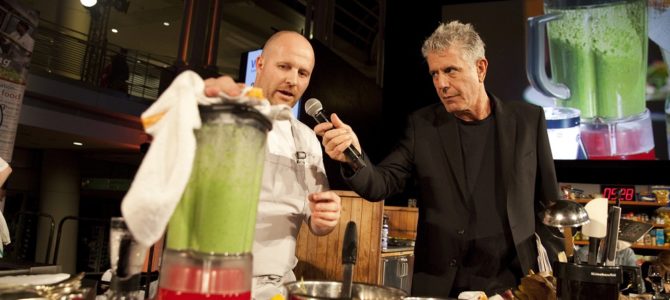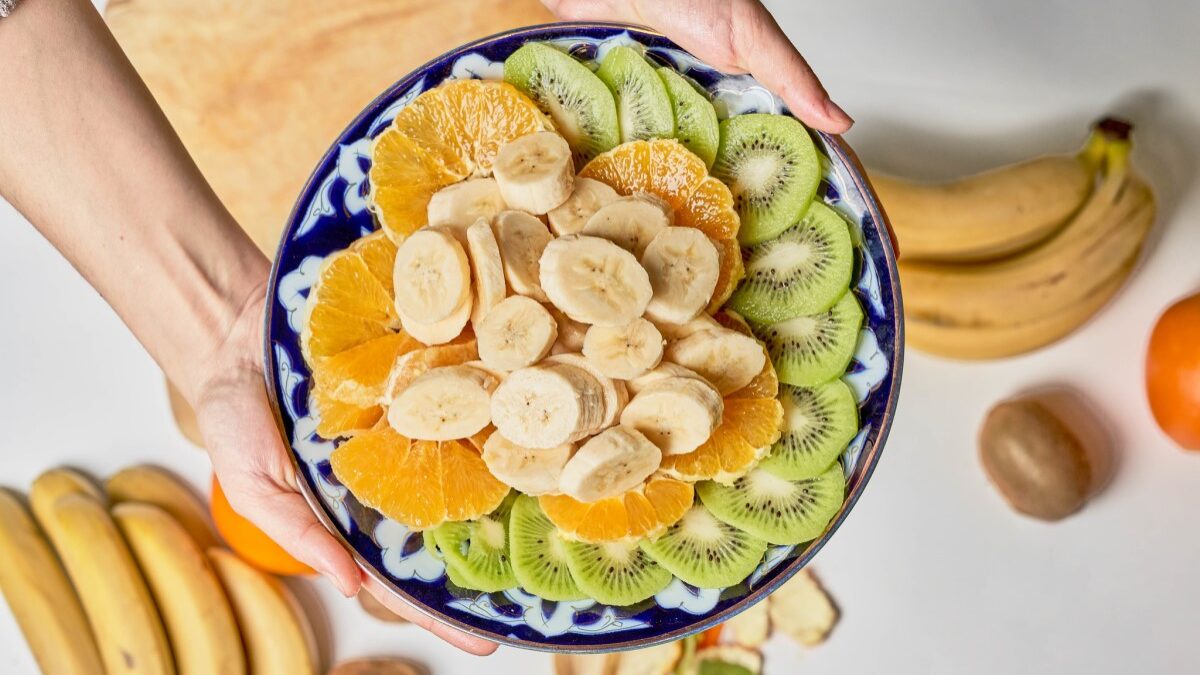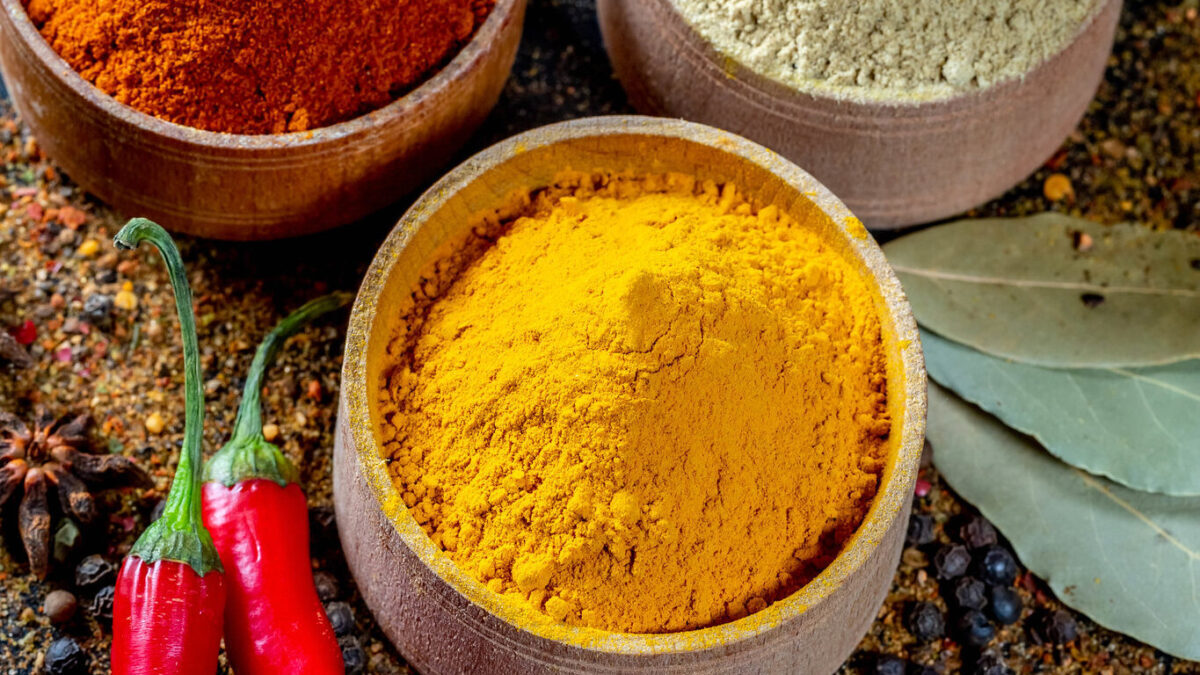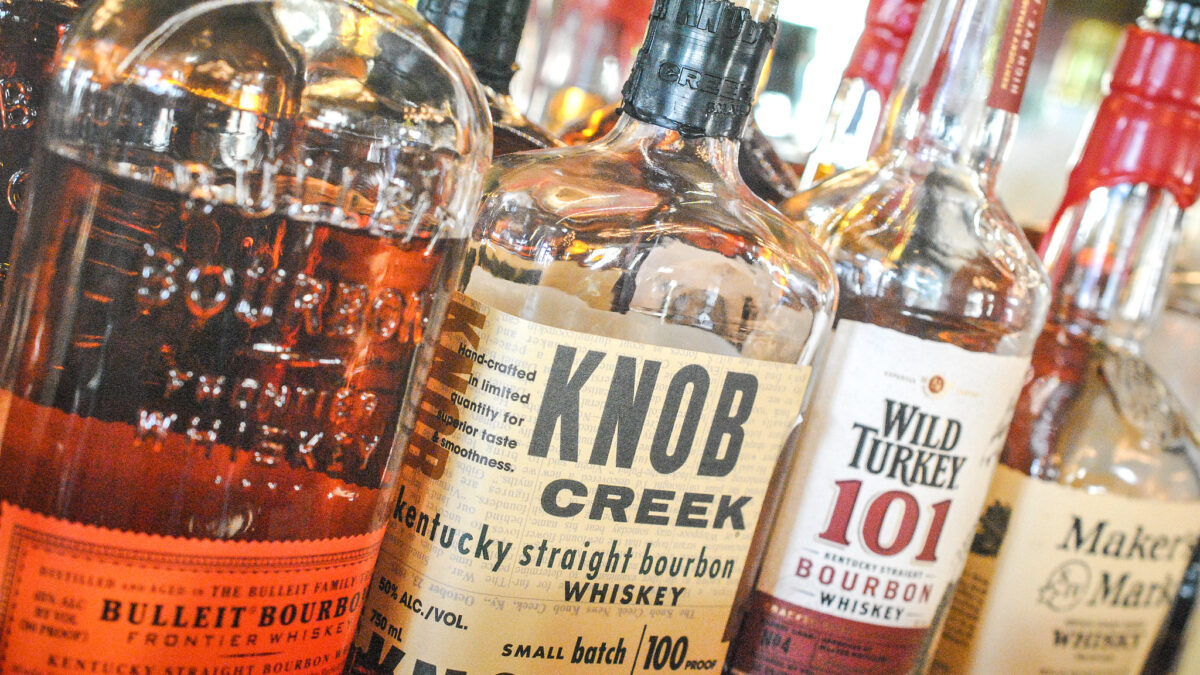
When you wanted to watch a good documentary on food before the early 2000s, your choices on TV were pretty slim. In 2005, off the success of his books, a previous short-lived TV show on the Food Network, and even a sitcom, Anthony Bourdain premiered “No Reservations” on the Travel Channel. A show documenting his eating adventures across the globe, “No Reservations” went on to run for eight spectacular seasons, win multiple Emmy awards, and even include an episode where Tony witnessed the outbreak of the 2006 Israel-Lebanon conflict while filming in Beirut.
Now in his sixth year at his Emmy-award-winning “Anthony Bourdain: Parts Unknown” on CNN, Bourdain has set the standard for an entire generation of food documentarians. His willingness to put himself in uncomfortable situations, to use food as a bridge for understanding, and to explore places, tastes, and cultures most viewers may never get to experience have given aspiring TV hosts a blueprint for a successful show.
With Peak TV in full swing, every network is looking to fill its schedule with something that sells, whether that’s a network that traditionally wants a show like this, such as the Travel Channel, Food Network, or PBS, or the biggest newcomer to the game: Netflix.
My Netflix queue is chock-full of episodes of “Ugly Delicious,” “Mind of a Chef,” “Chef’s Table,” and “Cooked.” All of these series and more help place us square in the golden age of food documentaries, and they all owe at least some of their success to Bourdain.
From Amateur Sillies to Professional Yum
We used to be stuck with just food competition or cooking shows on TV. If you wanted to watch a bunch of celebrity or amateur chefs duke it out with secret ingredients, you were set. Want to learn to make Giada’s favorite party pasta dish? You were in luck—heck, you’re still in luck, she’s on TV all the time. Now, though, you can turn on your TV or pull up your Netflix queue and get quality food explorations.
In recent seasons Bourdain explored Iran, Cuba, and Gaza, geopolitical hotspots that seem less caustic when you watch him sit down at a table and break bread with their people. For all the demonizing of Iranians that we get here in the United States, their people seem quite kind to outsiders. It’s that connection through food that Bourdain has brought to homes over his TV career.
His friend, the world-renowned chef David Chang of Momofuku in New York, who did the first season of “Mind of a Chef” several years ago, now has a show of his own on Netflix, “Ugly Delicious.” In his show, Chang takes a slightly different but still very Bourdain-inspired approach.
He chooses a food to examine, such as pizza, tacos, or BBQ, then goes around the world, enlisting the help of friends and fellow chefs discussing the history of the food, the best places to get it, and more. His longtime partner in crime, former New York Times food writer Peter Meehan, is a featured co-host through most of the show.
Bourdain’s visual influence is in full effect in Chang’s series. Throughout his TV career, Bourdain’s camera crews have been rewarded time and again for their incredible eye. Simply put, they film some of the most gorgeous TV you’ll see anywhere. Their B-roll is so gorgeous you’ll want to see tapes of nothing but that, and in “Ugly Delicious” you see some of that influence as Chang’s camera follows him or his guest across the globe. Barbecue looks scrumptious, Viet-Cajun Crawfish look like they’re pouring out of my TV.
Consider the Fried Chicken Episode
You also see some of Bourdain’s later CNN influence in Chang’s fried chicken episode. As Bourdain has aged, moved to larger network, and amassed a trophy case full of awards, he’s been able to put a little more political discussion in his episodes. This has led to some of his best stuff, but also some controversy.
In Chang’s chicken episode he raises the prospect about the food’s political history in the African-American community. Fried chicken spans all cultures, races, and civilizations. A recipe for it can be found in a fourth-century Roman cookbook. As someone in this episode notes, chickens were made to be eaten, and as Chang documents, just about every culture has a way to fry its chicken.
At one point Chang makes a trip to Nashville to experience the city’s “hot chicken” craze, spawning a discussion about cultural appropriation between award-winning chef Sean Brock, Chang, Dollye Graham-Matthews, and others. He considers whether a white chef can cook a dish that is so closely associated with African-American culture. He later has a discussion with fellow Koreans about how angry he gets when he sees non-Koreans cooking Korean food, but in the end he seems okay with chefs playing with what is seen as “authentic” cuisine.
It’s the Blend of Cultures That Makes Magic
When Chang reaches the shrimp and crawfish episode in Houston, he finds that the wonderful mix of cultures, the mish-mash of modern America in our country’s fourth-largest city, has birthed wonderful things like Viet-Cajun cuisine. Oh yes, you read that right — it’s the mix of Vietnamese and Cajun born from refugees who fled Vietnam after the war and came to Houston to work the shrimping boats. Chang loves it. He’s also okay with the best pizza being made in Japan, which he discovers with Aziz Ansari in another episode.
Chang is brash where Bourdain is poetic, making a point to argue in the pizza episode that despite all the amazing handmade pies he’s had from some of the best pizza restaurants in the world Chang still likes to order Dominoes. He even dons a uniform and delivers a few pizzas for the mega-chain.
With Instagram, YouTube, and Twitter, anyone can document what he’s doing or eating, but it’s the high-quality lessons Bourdain has taught a generation of film makers, writers, and sound editors that have given folks like Chang, Brock, and others the tools to make truly wonderful food television. I am glad that I can enjoy every tasty-looking frame.









